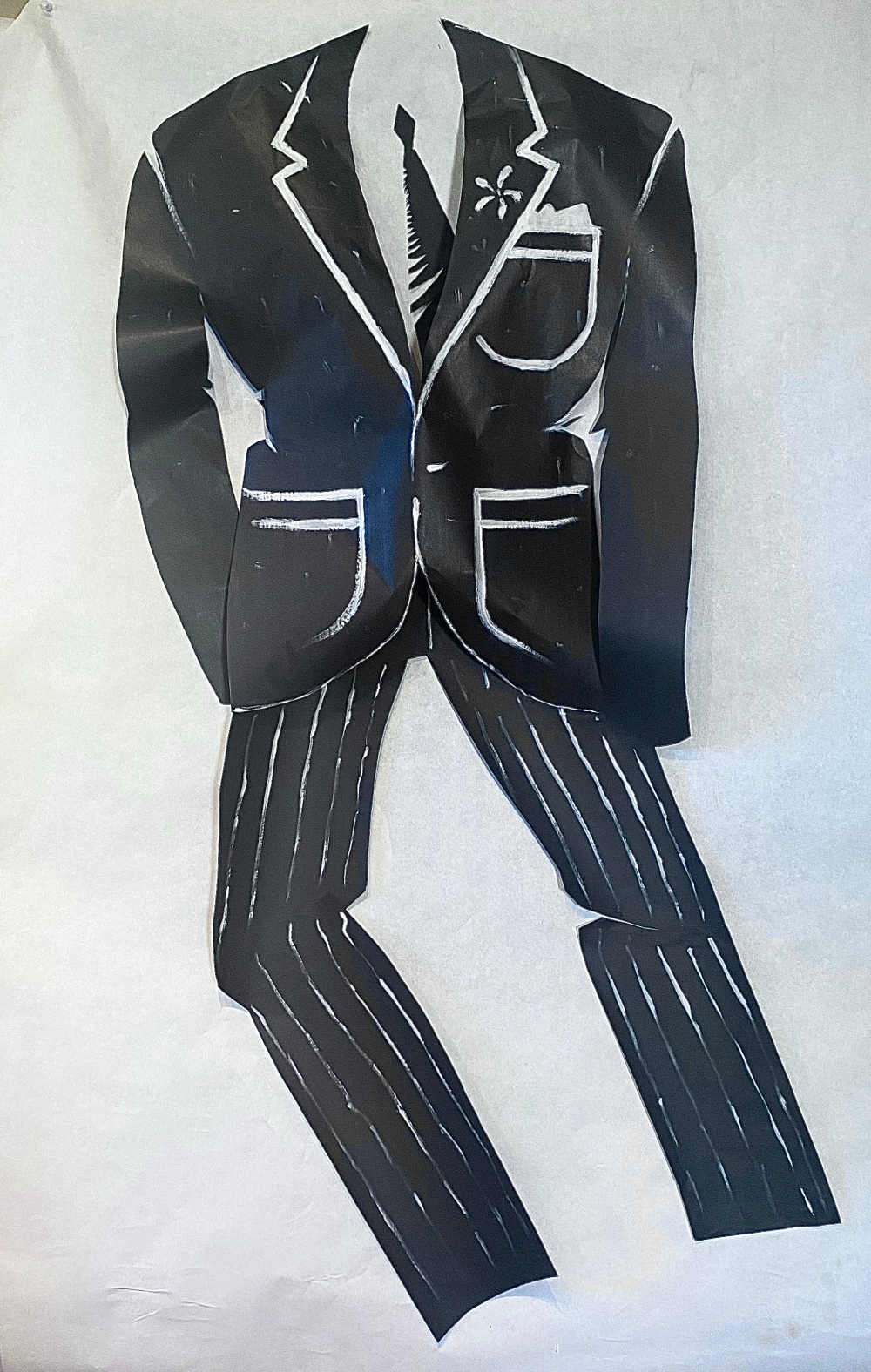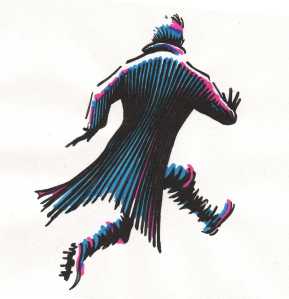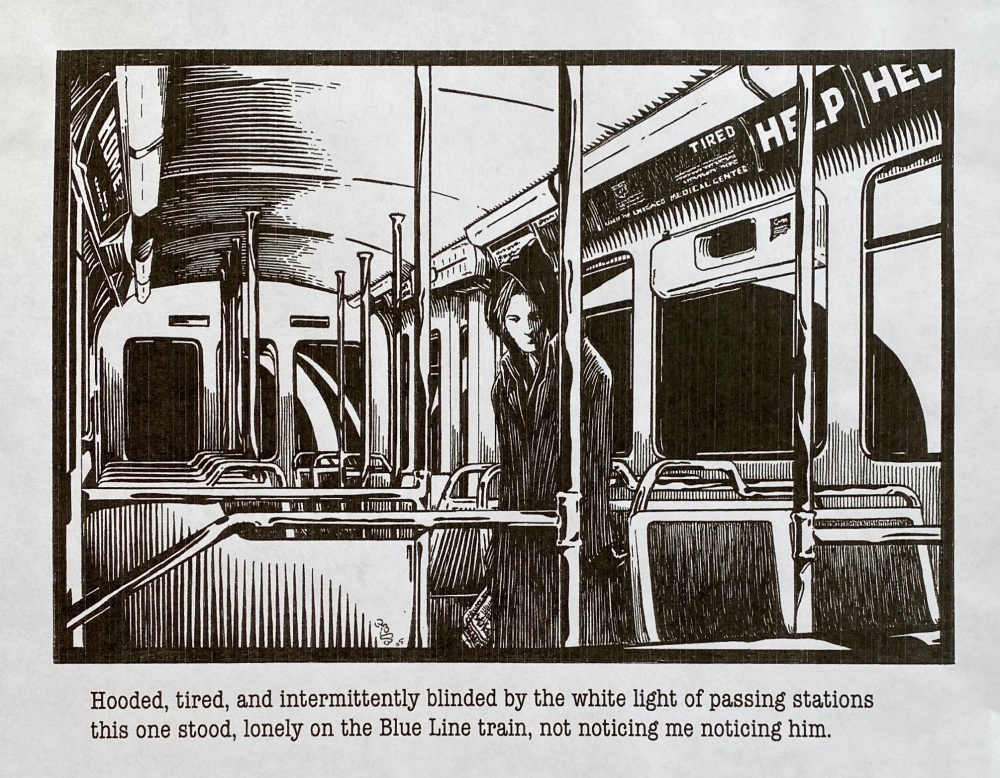
When the tailor came out for the first fitting, the customer was sometimes barefoot. In summertime, as the 70’s fell out into the 80’s. men would wear light-colored loafers, without socks, as they went about on Saturdays. If they stopped into a clothier on a whim, and were cajoled into a purchase, they’d sometimes emerge from the fitting room barefoot, as if tailoring a trouser leg was too formal an event for loafers. Barefoot, however; somehow more appropriate.
The tailor, responding to a salesman’s buzzer signal discretely triggered from behind a mirror, would stride out as if to martial music, and slow the march upon the sight of toes wiggling under the un-hemmed pant legs. With a grunt, he’d point to the offending nakedness, and the salesman would be compelled to inquire of the gentleman as to what kind of heel he might be wearing with the ensemble. Now, the 70’s had passed and taken platform shoes with them. So, the tailor could, in expert approximation of median heel height, tailor a pair of paints for a barefoot customer. However, this entire vignette was yet another unspoken signal to the salesman to skip over to the shoe department and bring a pair back that might ease the tailoring process and wrap up another sale.
Salesmen quickly learned to approximate a customer’s suit size upon first sight. Shoe size, though? Much more difficult. Further complicating matters, one couldn’t propose the purchase of an ill-fitting, pinching shoe. Nor would one wish to keep a busy tailor waiting as a customer tried to wedge his foot into a too-small monk. The result was that all of the size 11 and 12 shoes were stacked on top of the piled shoebox displays for easy gathering. The customer could slide right in, and if the salesman chose right, and the customer liked the way the shoe looked with the suit, he could fit the pair after the tailor had left the sales floor. If this little bit of theater resulted in extra commission for the salesman, the tailor would get his lunch for free that day.
One might surmise that all of this salescraft and subterfuge soured everyone to the whole enterprise of visiting the haberdasher, but for all that was shadowplay, there was a real elegance to the ritual. Some regulars were rich dandies but many of the customers visited rarely, only in special times of celebration or need. A wedding suit or tux, or maybe one to wear to a son’s graduation – something very nice because he’s the first in the family to go to college. Standing in that grand three-way mirror for a fitting prefigured the pomp and circumstance of matrimony or commencement, and added an extra day of harmless indulgence to the event. The sales staff kept a bottle of single malt and shot glasses in the stockroom to share with customers like these.
Of course, the most dignified presentation was reserved for the mourning. The store would hush as word went about. “Funeral suits” one would say to a colleague, nodding toward the aggrieved. The respect afforded to these poor souls was edifying. Salesman who spoke out of the corners of the mouths to neighborhood hoodlums stopped dropping the endings of words. They stood upright, addressed the family as “Sir” and “Madam”, and guaranteed the garments would be fitted and delivered for them to wear in time for them to receive the line at the visitation. Tailors would pay their verbal respects in broken English and then stay late if the alterations for these customers were complex. The staff, arriving early the next morning, would sometimes place notes of condolence in the pockets of the finished garments.
There were times when a mourner, retrieving his mourning garment, confessed that he knew not how to tie a cravat. A stockboy would ask for the tie, discreetly slide into the stockroom, and emerge with it knotted and dimpled; ready for a simple donning.
“Thank you.” the relieved mourner would say, quietly.
These small, elegant moments are mostly gone now, perished with the advent of the digital economy, the casual Friday, and the triumph of the big box store.
Much is gained and much is lost. Progress.
-Danny Grosso

